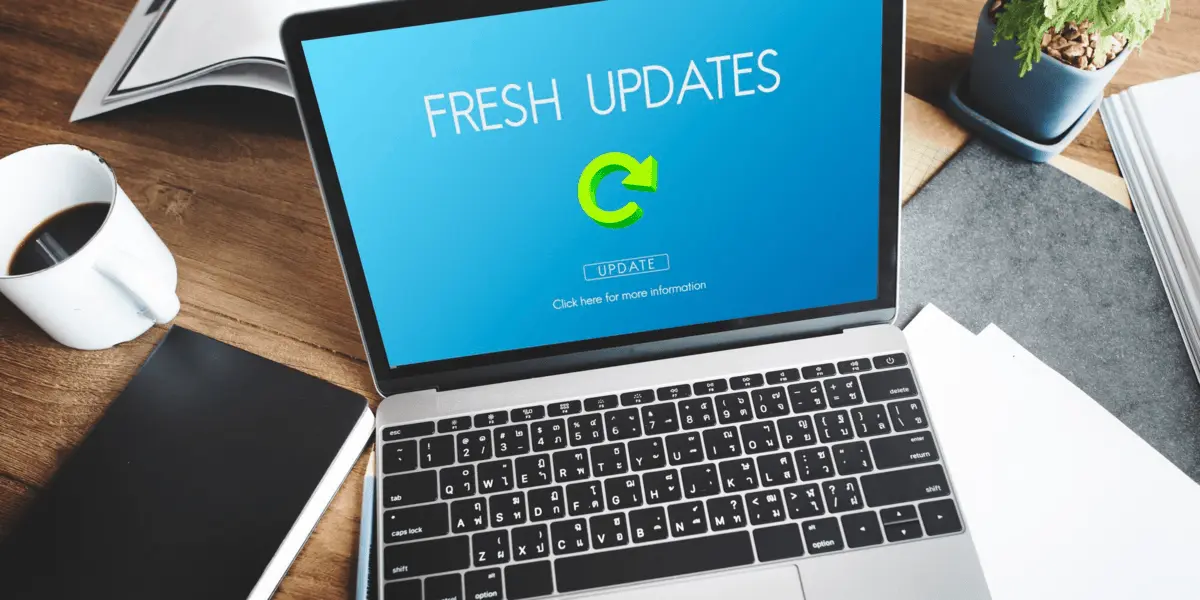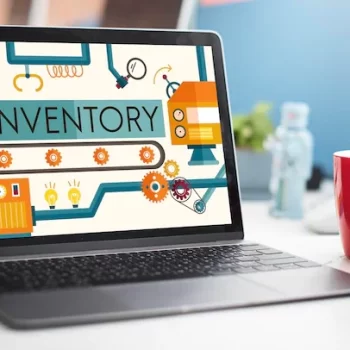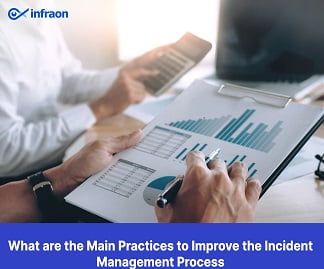Enterprises rely on regular patching to secure systems and maintain compliance. Unpatched vulnerabilities expose networks to data breaches and downtime. Implementing structured Windows patch management ensures that every device, server, and virtual endpoint stays protected and up to date.
With distributed teams and hybrid IT setups, managing updates manually creates risk. Automated processes improve consistency, visibility, and control while cutting down manual workload.
Related blog: Open-Source Asset Management Software: Pros and Cons
1. Centralize All Patch Windows Updates
Fragmented updates increase risks and complexity. Centralized Windows patch management streamlines control across servers, desktops, and remote devices. With unified dashboards and automated policy enforcement, teams can deploy patch Windows updates in multiple environments faster and with full visibility.
Centralized systems also link with Microsoft patch management for scheduling, compliance tracking, and status reports, ensuring business continuity during critical maintenance.

2. Automate Windows Update Management
Manual patching consumes time and introduces delays. Using Windows update management tools automates patch discovery, approval, and deployment. IT teams can create patch groups, define restart rules, and align patch timing with organizational policies.
Automation improves predictability and ensures every update gets deployed as soon as validation completes. Over time, the approach strengthens network resilience while freeing IT teams to focus on higher-level strategy.
3. Standardize Microsoft Patch Management Policies
Consistency ensures alignment. A defined Microsoft patch management framework helps enterprises decide how patches are evaluated, tested, and scheduled. Clear standards make rollout smoother, helping IT managers control risk while tracking compliance progress.
The policy-based approach also helps identify deviations early. Enterprises can create separate patch approval levels for critical and non-critical updates.

4. Schedule Windows Updates to Minimize Downtime
Timely patching matters, but scheduling matters more. Controlled scheduling Windows updates ensures maintenance happens during low-traffic hours. Businesses can plan phased deployments in user groups to reduce interruptions.
Scheduling also supports better bandwidth utilization. When updates are distributed evenly, network performance remains steady and users experience fewer disruptions.
5. Perform Controlled Testing Before Deployment
Testing protects business continuity. Before updates reach production, IT teams should validate patches in a controlled environment. Testing helps detect conflicts between new updates and existing applications.
Incorporating patch testing into patch management workflows means that organizations prevent unexpected downtime and reduce troubleshooting later. Results from these tests also feed back into compliance documentation.
6. Define Patch Management Windows for Governance
Establishing predictable patch management Windows creates a structured rhythm for IT maintenance. Governance teams can map them against business schedules, ensuring minimal disruption while maintaining compliance.
The structured cycle simplifies audit preparation and integrates seamlessly with ITSM and change management tools. Governance improves when everyone knows when and how updates occur.
7. Track Patch Status and Compliance Metrics
Visibility drives accountability. Every IT team should monitor installation progress, version compliance, and pending actions through real-time dashboards. Automated reports identify missed patches or outdated devices instantly.
Integrating compliance metrics with asset tracking enhances control.
8. Integrate Patching with Endpoint Security
Security tools and patch workflows work best together. Linking Windows patching with antivirus and vulnerability management creates a complete defense system. When a vulnerability appears, integration ensures that the patch request triggers automatically. Coordinated patching shortens exposure time and supports proactive threat mitigation.

9. Apply Software Patch Management Best Practices
Strong patch governance combines automation, monitoring, and validation. Following software patch management best practices ensures that updates remain consistent, traceable, and secure.
Recommended steps include:
- Prioritizing high-risk vulnerabilities based on CVSS scores
- Tracking historical patch performance and failure rates
- Establishing a rollback plan for unverified updates
- Auditing patch logs quarterly to confirm compliance
10. Review Patch Management Best Practices Quarterly
Technology evolves, and so should patching strategies. Regularly evaluating patch management best practices ensures your approach aligns with new security requirements and software versions.
Quarterly reviews identify inefficiencies, outdated policies, and workflow gaps. Updating documentation strengthens team accountability and keeps procedures aligned with compliance frameworks.
Integrating Microsoft Patch Management with Automation
Automation enhances accuracy and response time. By integrating Microsoft patch management with IT service tools, teams can track incidents related to patch failures and resolve them through automated tickets.
The end-to-end visibility enables faster remediation and simplifies audit trails. Teams gain an actionable view of patch activity of every device type, helping them maintain a secure and compliant ecosystem.
Scheduling Windows Updates of Remote Devices
With hybrid work setups, many endpoints operate outside corporate networks. Automated scheduling Windows updates ensures remote devices stay patched even when offline temporarily.
Using lightweight remote monitoring agents, patches download and install automatically when the device reconnects. It guarantees consistent coverage and reduces manual follow-ups for distributed teams.
Why Windows Update Management Matters
A comprehensive Windows update management strategy connects automation, visibility, and reporting into one continuous process. Central dashboards track real-time patch data, while integrated alerts notify admins about failed updates or non-compliant devices.
Strong patching culture reinforces reliability. When updates run predictably, systems remain stable, and IT teams can focus on scaling innovation instead of firefighting vulnerabilities.
Conclusion
Windows patch management in 2025 focuses on automation, standardization, and visibility. By aligning updates with business schedules, testing cycles, and governance requirements, organizations can sustain continuous security improvement.
When executed through structured workflows, patching becomes a proactive driver of operational reliability and compliance.
Why Choose Infraon Assets for Patch Management
Infraon Assets is an AI-powered asset management software that delivers end-to-end patch management for Windows and third-party applications. Teams gain real visibility on servers, endpoints, and remote devices, with clear status on what is pending, approved, or completed.
Policy-driven workflows cover discovery, risk-based prioritization, pilot testing, staged deployment, and maintenance windows. Built-in approvals, automated rollbacks, and audit-ready reports keep operations consistent and compliant.
Ready to streamline patch cycles and tighten control across every endpoint? Please write to marketing@infraon.io.
FAQs
1. What does Windows patch management cover?
It covers discovering, testing, approving, and deploying patches to Windows systems to secure them from vulnerabilities and maintain compliance.
2. Why automate patch Windows updates?
Automation accelerates deployment, reduces manual steps, and ensures every device remains aligned with the organization’s update policy.
3. How often should patch management best practices be reviewed?
Quarterly reviews ensure strategy alignment with evolving security policies and compliance mandates.
4. How does Microsoft patch management improve control?
It standardizes update testing, deployment, and tracking while integrating with ITSM and monitoring tools for full visibility.
5. What role does Windows update management play in IT governance?
It connects patching with compliance metrics, asset reporting, and change management to build consistent, auditable workflows.




















